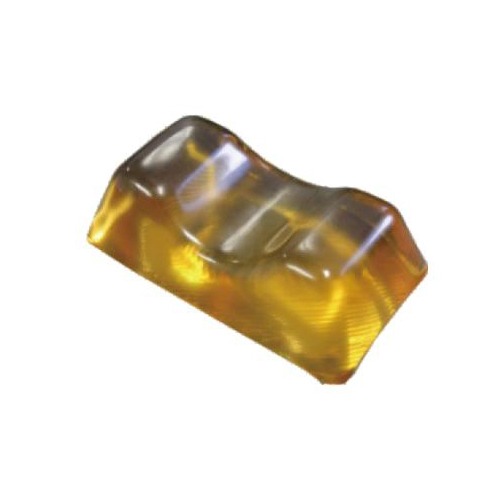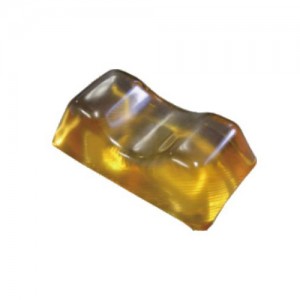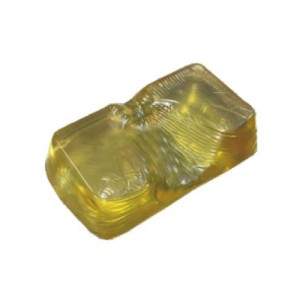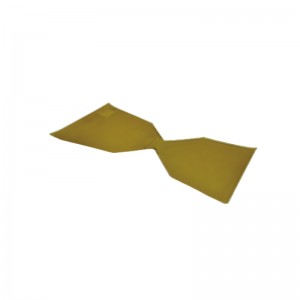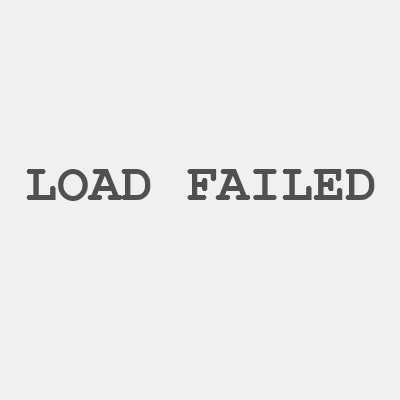
Heel pad ORP-HP (Heel Cup)
Heel Pad
ORP-HP
Function
1. Apply to protect patient's ankle and heel. It can be used in orthopedics and skeletal traction to avoid pressure sores. It is used in supine position
2. It is lightweight and easy to use
| Model | Dimension | Weight |
| ORP-HP-01 | 15 x 8.3 x 4.6cm | 0.49kg |
| ORP-HP-02 | 19 x 11 x 6.7cm | 1.1kg |
| ORP-HP-03 | 19 x 11 x 7cm | 1.1kg |
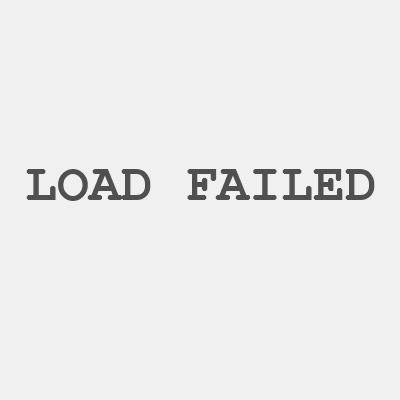
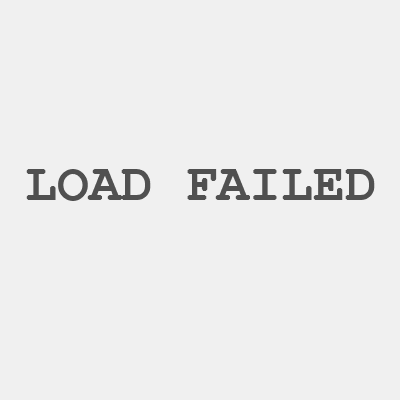
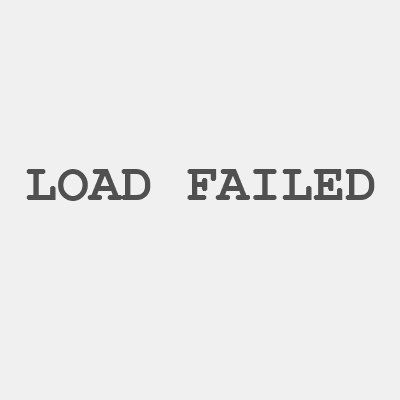
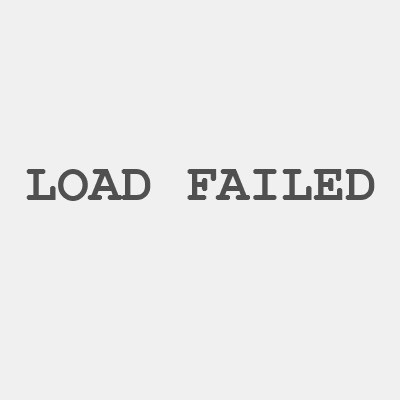
Product parameters
Product Name: Positioner
Material: PU Gel
Definition: It is a medical device which is used in an operating room to protect patient from pressure sores during surgery.
Model: Different positioners are used for different surgical positions
Color: Yellow, blue, green. Other colors and sizes can be customized
Product characteristics: Gel is a kind of high molecular material, with good softness, support, shock absorption and compression resistance, good compatibility with human tissues, X-ray transmission, insulation, non-conductive, easy to clean, convenient to disinfect, and does not support bacterial growth.
Function: Avoid pressure ulcer caused by long operation time
Product characteristics
1. The insulation is non-conductive, easy to clean and disinfect. It does not support bacterial growth and has good temperature resistance. The resistance temperature ranges from -10 ℃ to +50 ℃
2. It provides patients with good, comfortable and stable body position fixation. It maximizes the exposure of the surgical field, reduce the operation time, maximize the dispersion of pressure, and reduce the occurrence of pressure ulcer and nerve damage.
Cautions
1. Do not wash the product. If the surface is dirty, wipe the surface with a wet towel. It can also be cleaned with neutral cleaning spray for better effect.
2. After using the product, please clean the surface of the positioners on time to remove dirt, sweat, urine, etc. The fabric can be stored in a dry place after drying in a cool place. After storage, do not put heavy objects on top of the product.
What Is Skeletal Traction?
Skeletal traction is a treatment method for broken bones. It is a system where a combination of pulleys, pins, and weights are used to promote the healing of fractured bones. These are usually in the lower body.
In skeletal traction, a pin is placed inside your bone. That pin provides a base for a pulley system. It uses gradual pulling force to realign broken bones and promote proper healing.
There are two common types of traction. These include skin traction and skeletal traction. The difference lies in where the pin, or base, is placed. Skeletal traction uses a pin inserted into your bone. In skin traction, a splint or adhesive is applied to your skin.
When Is Skeletal Traction Used?
Skeletal traction is a treatment method for broken bones that dates back to the 13th century. It’s mainly used for treating broken bones in the lower body.
These days, it is used as a pre-operative treatment. Using skeletal traction can help realign your bones when your fracture is unstable.
Skeletal traction is commonly used for fractures in the following bones:
Upper leg bone (femur)
Lower leg bone (tibia)
Upper arm bone (humerus)
Hips
Pelvis
Lower spinal area (cervical spine)
An orthopedic surgeon will insert a pin in a certain part of your bone when performing skeletal traction. Where the surgeon places the pin will depend on which bone you have broken and how it needs to be fixed. Local anesthesia is applied before this happens.
A weight of up to 15 pounds is attached to one end of the pulley in the traction mechanism. This provides a force to adjust the bones after a fracture. It also helps them return to their proper place.
A system of pulleys will realign the broken bone properly, preparing you for a successful surgery. Your doctor might also recommend traction as a way to promote proper healing without surgery.
Benefits of Skeletal Traction
Breaking a bone can be a very painful experience. It can also cause you a lot of inconveniences. It is important to take all the necessary steps to make sure your broken bone heals properly. Otherwise, you could be dealing with the same problem for quite some time.
Skeletal traction is designed to put your bones back in place after a traumatic fracture. Accidents can make your bones break into small pieces. This makes it hard to regain the full use of them without the proper treatment.
The muscle around your broken bone can contract. This makes the bones shorten as they heal and is common when a child breaks their leg. It can result in one leg growing longer than the other.
Skeletal traction can be used as a temporary measure or as a treatment recommendation. The main benefits of skeletal traction are:
● Joint or bone immobilization
● Reduce or realign dislocations and fractures
● Prevent and reduce muscle spasm
● Pressure and pain relief
● Relieve spinal nerves
● Promote patient comfort until a treatment option is decided

